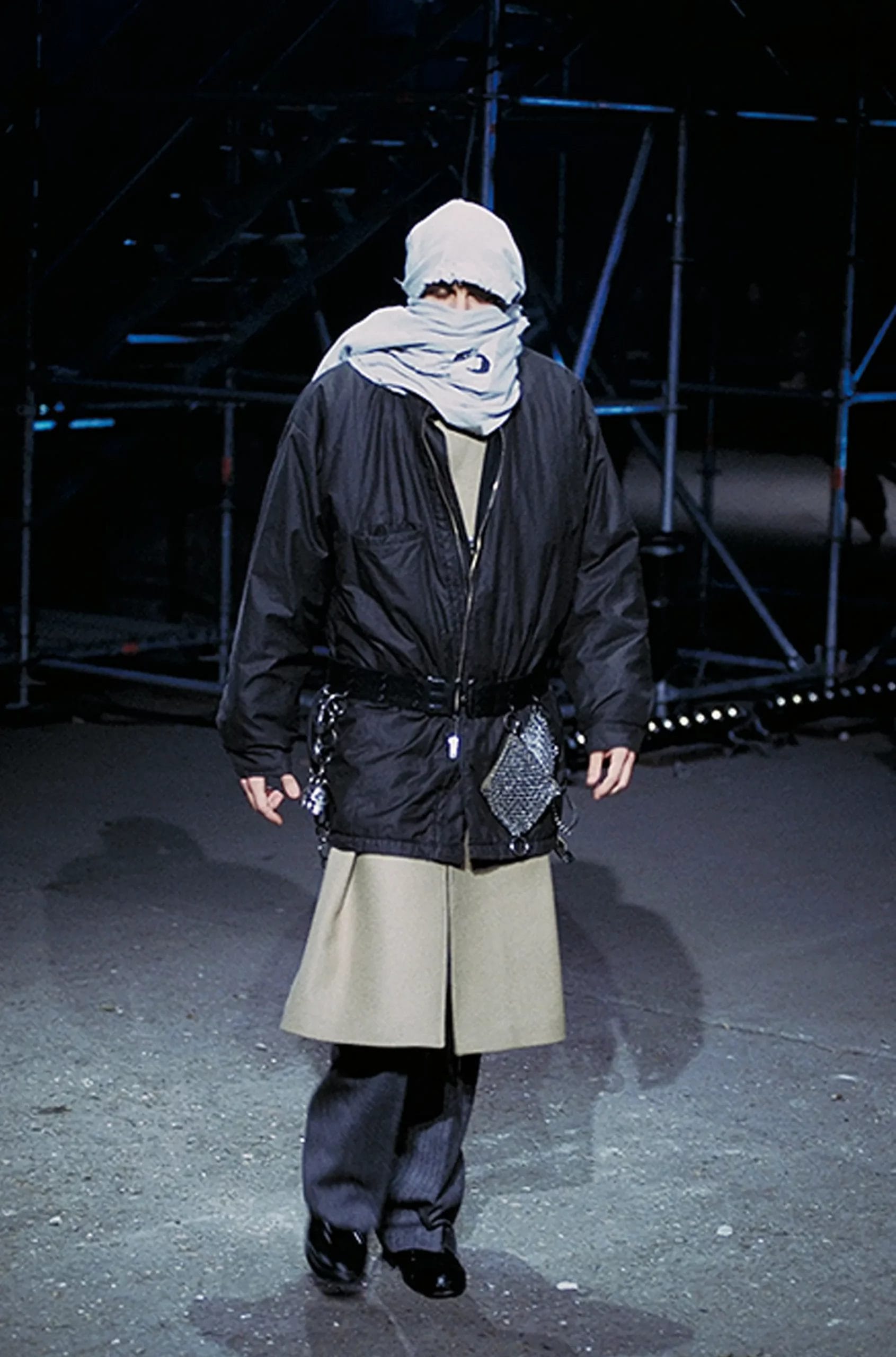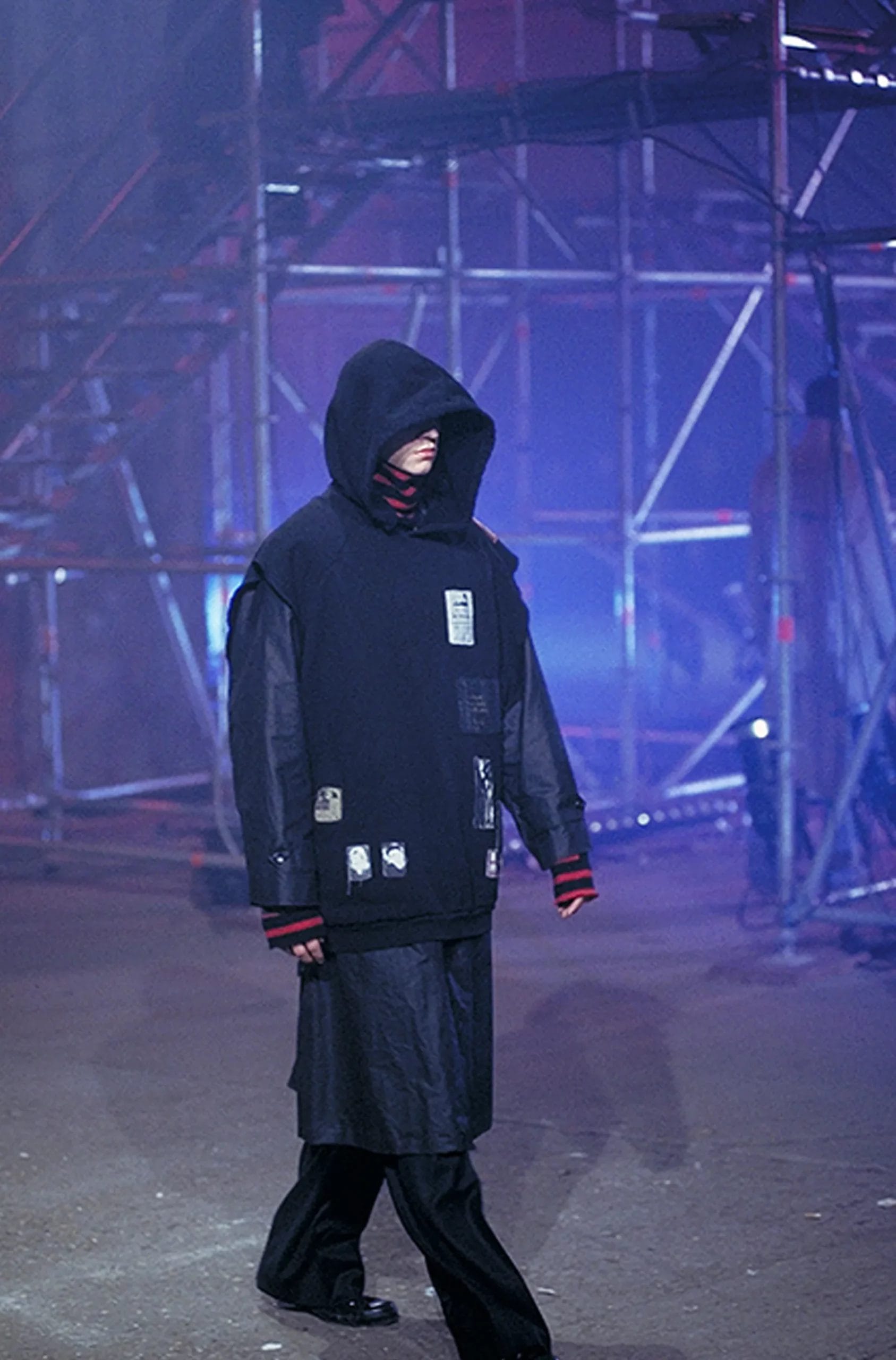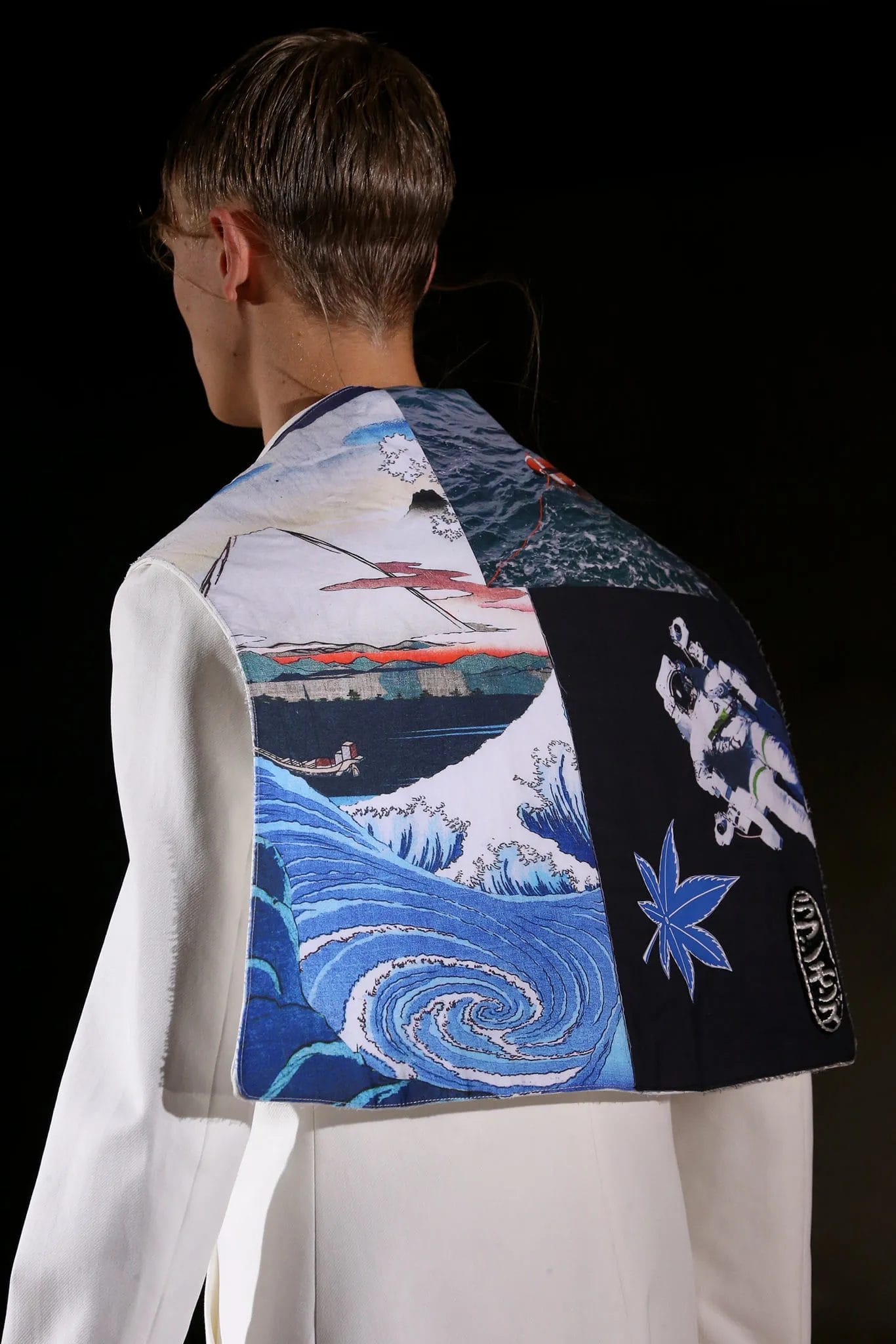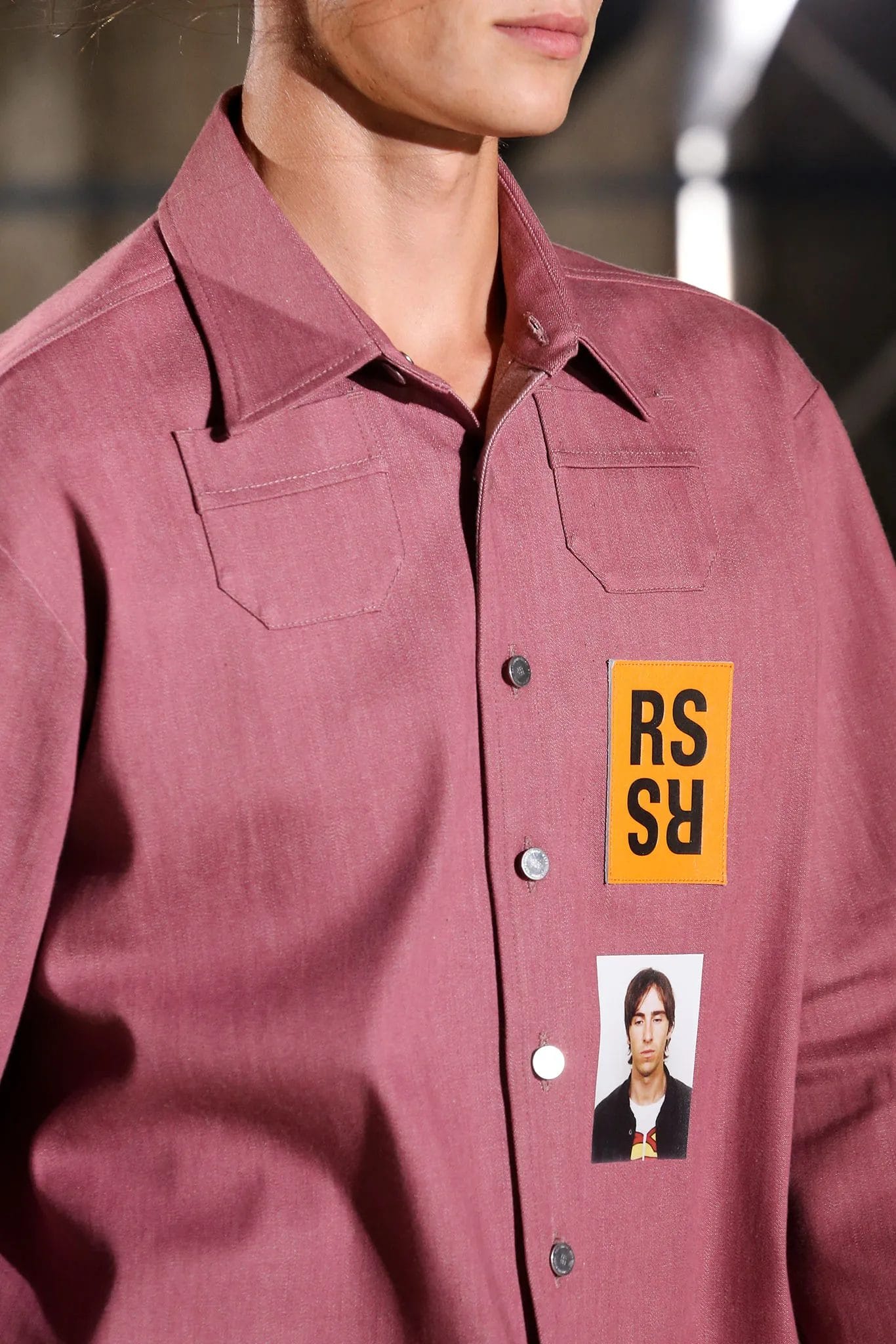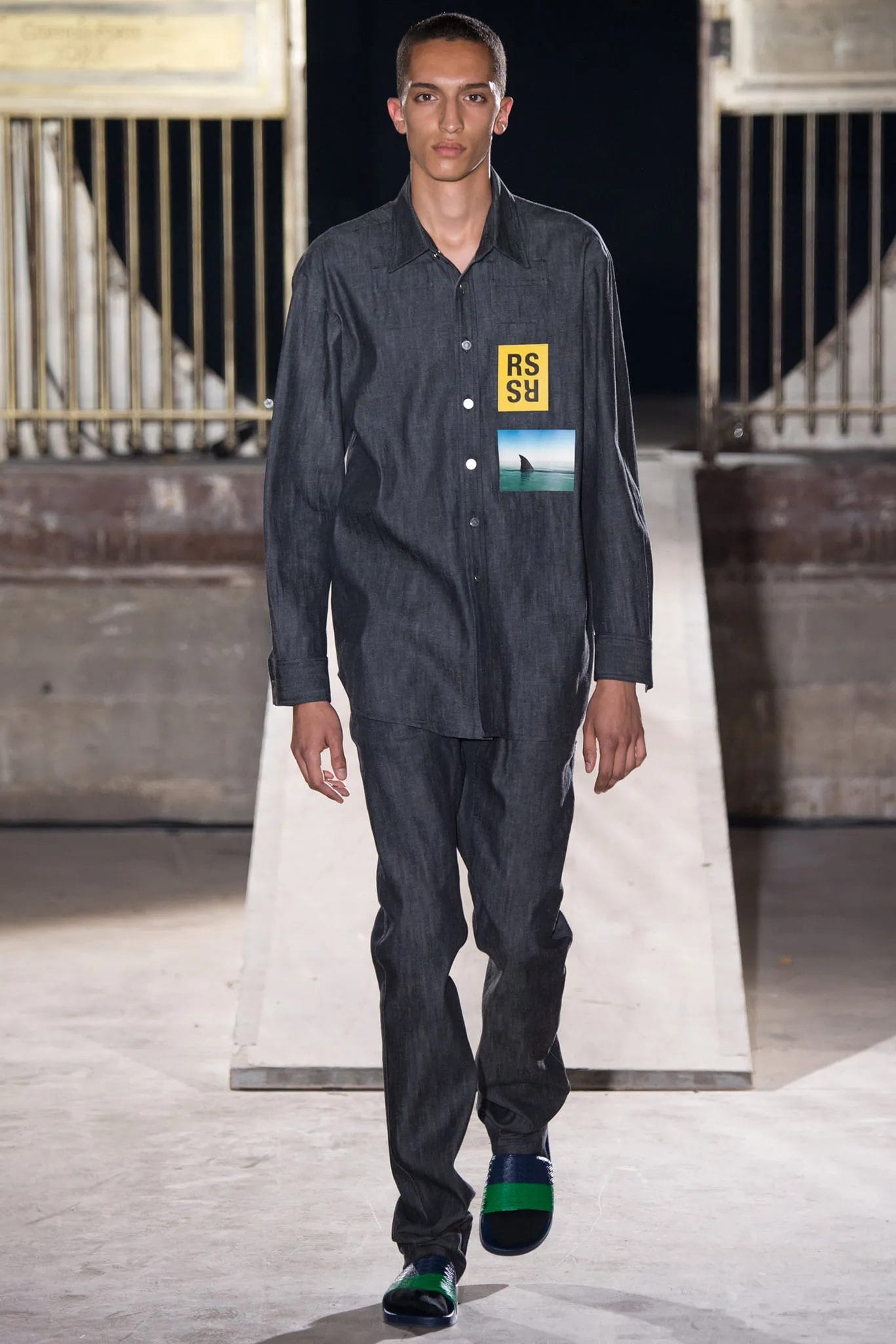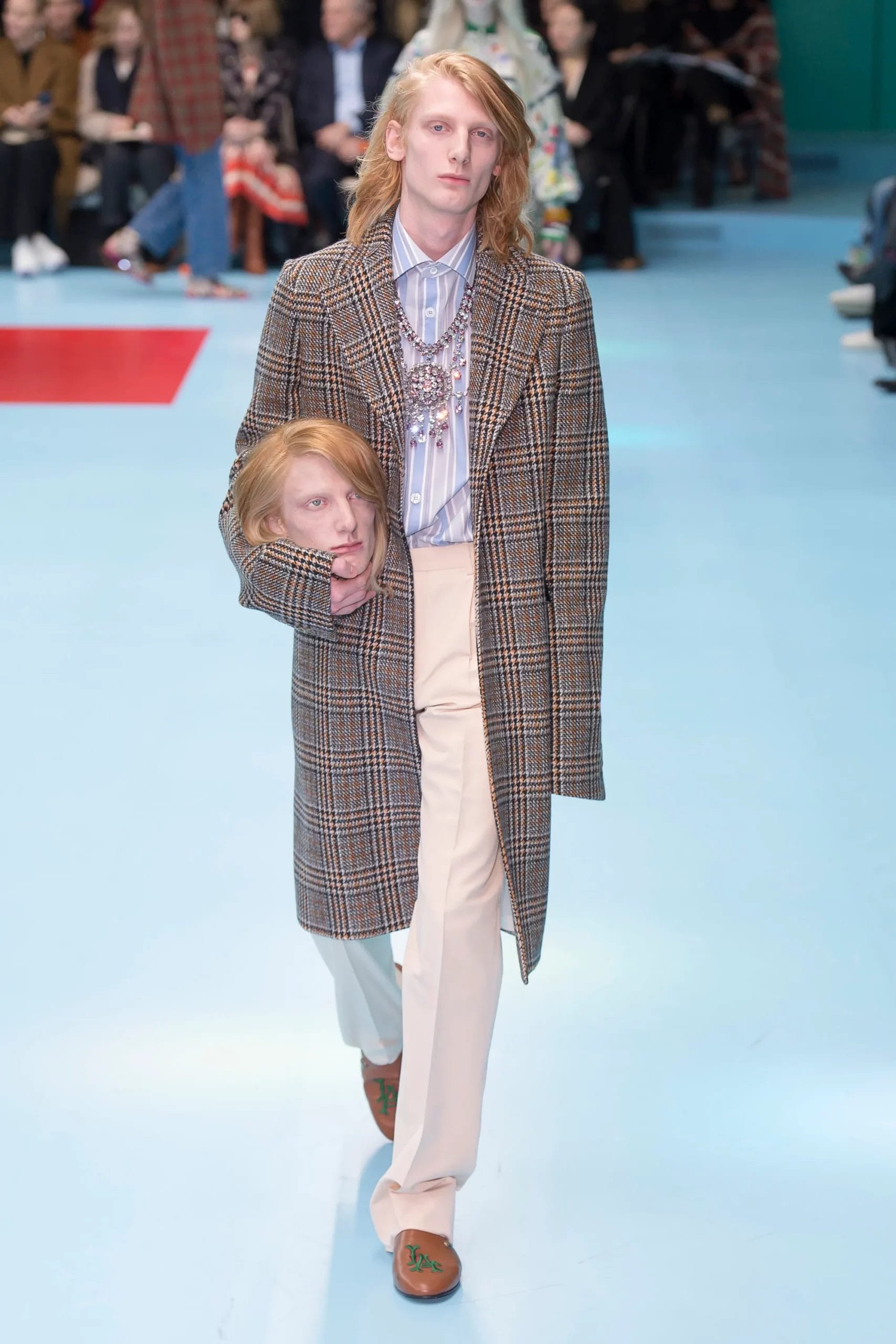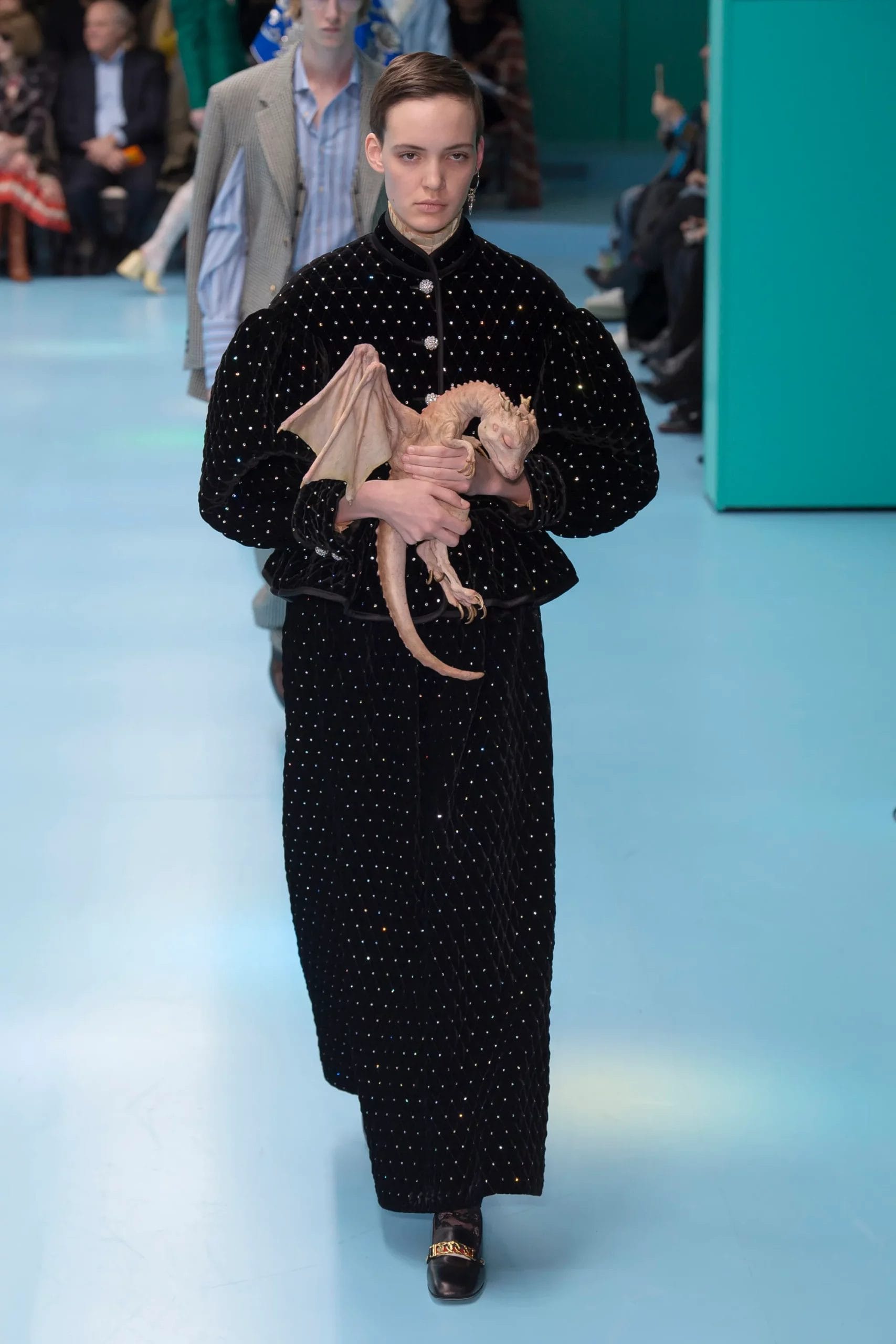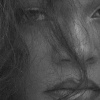Fashion Heavyweights Battle in a Survival-of-the-Fittest. The Departure of Raf Simons and Alessandro Michele Speaks Volumes.
By Sanjeeva Suresh
The fashion industry’s continual evolution has led to the most precarious game of musical chairs the industry has seen in years. First it was curtain calls at Raf Simons as the eponymous label shuttered its doors after a successful span of 27-years. This was shortly followed by Alessandro Michele who ended his seven-year long reign as Gucci’s Creative Director.
So what’s happening and why is it happening now? Is it the rippled aftereffects of the pandemic, lethargic consumers or dipping sales that are displeasing the higher-ups at a certain French global luxury group—Kering? If past president has thought us anything it is that the coming and goings of creative directors are often dependent on one of two factors—mental health and money, the latter being the more emblematic reason. It’s a sight we’ve seen before.
In 2015, the late Alber Elbaz left the helm of Lanvin a month after his Spring/Summer 2016 show and a week after Raf Simons left Christian Dior. Simons cited his reason for leaving at the time was reportedly due to the sheer amount and pace of work at Dior was “too much”. Dior would go on to be taken care of by the very capable hands of Maria Grazia Chiuri, who then left her 17-year long run at Valentino (notice a pattern here?).
The closure of Raf Simons leaves behind a legacy of menswear that was imbued with individuality and innovation. Raf Simons pieces are very much in touch with reality, accessibility and what people want to wear. Conceptualised in 1995, his collections saw a celebration of youth culture with a keen eye on minimalist silhouettes, often using his own personal history and memories as forms of inspiration. Simons’ Spring/Summer ’15 show saw visuals adorned onto shirts and the back of outerwear including old passport photos, an image of a shark fin as a reference to the movie Jaws and his love of horror films as well as a photo of a roller coaster he rode in his childhood.
Urban Revival
Raf Simons Autumn/Winter 2001 collection was urban and saw oversized, haphazardly-layered pieces from bomber jackets and trench coats to hoodies and trousers – a clear departure from his usual sleek, slim-tailored aesthetic. He took inspiration from styles of Romanian and Ukrainian youth he saw at a Venetian flea market that wrapped themselves in scarves and created volume against the cold.
Much like the Autumn/Winter 2001 collection, location was pivotal for what would turn out to be the final Raf Simons collection—Spring/Summer ’23 which took place at Printworks, a large post-industrial newspaper printing plant turned nightclub in London. The collection saw the return of minimalist tailoring, updated with ’80s punk and rave influences. Belted pastel playsuits walked alongside sensually-transparent mesh tops and acid-coloured skin-tight bodysuits. It was the perfect farewell we didn’t expect—sculptured, utilitarian pieces that were both ambiguous, ageless and genderless.
The Numbers Game
So why would Simons close his own namesake label? Surely he would have more creative control, which the designer thrived on. As Simons has been rather tight-lipped since his first and only released statement on Instagram, one can only speculate that perhaps he wanted to end on a high. This way Simons can leave on his own terms and not suffer through a tough financial market. Perhaps this is also a natural progression to working as the as co-creative director alongside Miuccia Prada at Prada, a role he was appointed to in 2020. Fashion is ultimately a number’s game. Since Simons came onboard, Prada reported total net revenue of €3.36bn (approx. MYR 15.5bn) for the fiscal year of 2021 – a 41% increase compared to 2020 and an 8% increase from 2019.
Aside from the regular Spring/Summer and Autumn/Winter runways; Pre-Season, Resort (or Cruise) and Capsule collections while lucrative all ultimately add to the work and demands (both creatively and financially) from creative directors. With sustainability having a higher importance alongside a growing generation of younger high fashion consumers, there is a shift in customer spending which is slowly changing to investing in pieces that last—case in point Bottega Veneta announcing a lifetime warranty for its handbags. It has become more about quality versus quantity and less about chasing seasons and trends.
Maximalist Magpie
Almost the antithesis to Raf’s minimalism, Michele’s maximalism-meets-magpie vision ushered in a new era for a post-Frida Giannini Gucci. Alessandro Michele embodied the heart and soul of the “new” Gucci, merging the label with the celebrity including the likes of Jared Leto and Harry Styles which brought in a younger demographic and ushered in the now emblematic genderless, androgynous signature the Italian label has become known for. The Financial Times reported that the revenue at “Gucci grew from €3.9bn (approx. MYR 15.7bn) in 2015 to €9.7bn (approx. MYR 44.9bn) in 2021, while operating profit more than tripled in the same period”. However, a slowing pace of revenue from 2017 according to the Financial Times were attributed to “certain fatigue with Michele’s designs, while the Covid-19 outbreak also dealt a blow to luxury demand.” This has led to underwhelming returns in Kering shares especially when compared to luxury rivals – LVMH.
Under Alessandro Michele, Gucci’s collections continually pushed boundaries, be it the recent Spring/Summer ’23 collection that explored identity and reflection with identical twins, a world of hyperrealistic fantasy at Gucci’s Autumn/Winter 2018 collection (silicon heads in tow) or the spectacle of a rotating theatre seen at the Autumn/Winter ’20 collection. Michele successfully breathed in new life to the heritage House, however this came with a growing debate amongst critics which held the opinion that Gucci should steer back to the mainstream with a more “timeless” approach to clothing.
Click HERE to read more on Alessandro Michele’s departure.
A New Era
As Kering prepares to find a replacement for Gucci’s now abdicated role of creative director, this is by no means the end for Michele. It is clear from the sheer influence Harry Styles has on the wardrobes of men (pussybow shirts, knitted cardigans and 70’s-style flared trousers) that this new androgynous revolution has already entered the psyche of public domain. Only time will tell if it ultimately pays off for Gucci.

As one chapter ends, another one starts – that is the beauty of the continual evolution of the fashion industry. Rather than the heavily publicised “end of an era” that we have come to see, it is just the start of something new. While the term “in fashion, one day you’re in and the next day, you’re out” may be a harsh (albeit clichéd) truth to swallow, change is as inevitable as it is crucial.
– – – – –
All images courtesy.


